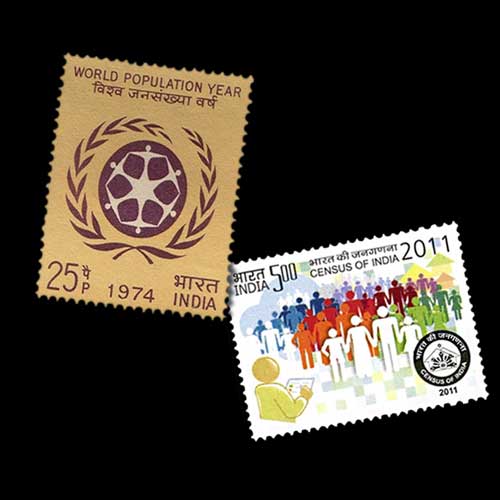World Population day
2017-07-11 Tue
Today the world celebrates World Population Day.World Population Day was initiated by the Governing Council of the United Nations Development Program in 1989 to spread awareness about human population and world issues like health, poverty, welfare, family planning, gender inequality, etc. It was initiated because the world population had increased by 5 million in just one year.
More than 90 countries marked this event in 1989 and throughout the coming years, a number of United Nations Population Fund Association (UNFPA) country offices and other organisations organize events to create awareness about the adverse effects of the rising population. Many NGOs and institutions to commemorate World Population Day, in partnership with governments and civil society.
The term World Population is used in the reference of the human population on Earth, the latest count of the world population is 7.023 billion as estimated by the United States Census Bureau (USCB). The celebration of this day is important to make people aware of the importance of small and happy family. It also focuses on the younger generation to ensure a brighter future.
In December 1990, the United Nations General Assembly decided to continue observing World Population Day to spread awareness regarding the issues of population, relations to the environment and development.
In 2017, world population Day event joins with Family Planning Summit, the second meet of this event focus on Family Planning 2020, its aims are to expand access to voluntary family planning schemes to 120 million women of the globe.
India Post has played an active role in spreading awareness on this subject by issuing the following stamps over the years:
The first stampwas issued in 1947 to celebrate the world population year.
The second stamp was issued in 2011 to celebrate the latest Indian Census which was divided into two phases to cover the Indian population.
Some Interesting facts:
India and China together cover 37% of the global population.
Latest News
-
Gold Pagoda of Vijaynagar Empire King Deva Raya I
2024-04-10 WedKing Deva Raya I of the Vijayanagara Empire was a patron of Kannada literature and architecture. He ...
-
Silver Denarius of Septimus Severus
2024-04-05 FriLucius Septimius Severus served as the Roman emperor from 193 to 211 AD. Severus sat on the throne o...
-
Extremely rare 'Malaharamari' type Gold Gadyana of King Guhalladeva-III Sold for INR 611000
2024-04-03 WedTribhuvanamalla, also known as Guhalladeva III, was the ruler of the Kadamba dynasty. His reign coin...
-
90 Years of RBI
2024-04-02 TueOn 1st April, PM #Modi unveiled a special commemorative coin marking 90 Years since the foundation o...
-
Silver Denarius of Julia Mamaea
2024-04-02 TueJulia Avita Mamaea, a Christian Syrian noblewoman, was the mother of Roman Emperor Alexander Severus...

